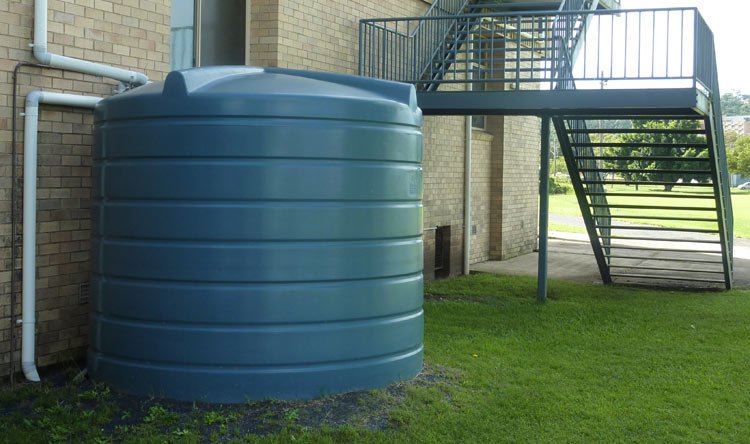Plastic Water Tanks – Manufacturing, Types and Uses

A plastic tank is a large, transportable liquid or granule storage container that can be put vertically, horizontally, below or above ground. Plastic tanks are crucial for manufacturers, farmers, and households to store and transport water.
Manufacturing Process of Plastic Tanks
The manufacturing of plastic tanks follows somewhat the same procedure everywhere. First, the manufacturer fills the metal mould with the polymer powder and hardens it in an oven. Then, in the oven, the mould is heated and rotated bi-rotationally. The powder adheres to the shape of the mould as it melts and layers up in the mould. This method could take anything from 30 minutes to several hours, depending on the size of the tank. When the mould is taken out of the oven, the plastic within begins to cool and solidify.
Types of Plastic Tanks
Plastic tanks can be made up of the three most common polymers: Fibreglass, Polypropylene, and Polyethene.
Fibreglass Tanks
Fibreglass storage tanks are popular for above and below ground placement due to their longevity, corrosion resistance, and absence of degradation or weathering. These tanks do not require waterproofing because of their strength and monohull shape. In addition, because fibreglass tanks are lighter than other tank materials, they are easier to relocate, install, and transport.
Polypropylene storage tanks
Propylene monomers are joined to form polypropylene, another thermoplastic; it has low density. This polymer is copolymerised with other polymers, including polyethene, increasing its strength. Polypropylene’s chemical resistance, flexibility and toughness, and fatigue resistance make it a good material for storage tanks.
Polyethene plastic storage tanks
Thermoplastic polyethene is resistant to weather, abrasion, and chemicals. Because of its long-term durability, polyethene is an excellent material for producing plastic tanks. The colour of polyethene in its natural form ranges from white to yellow. In addition, these tanks come with UV ray protection properties.
Types of Plastic Water Tanks based on their shapes and purposes
Plastic tanks can be classified according to their material, but they can also be classified according to their intended application. For example, they are designed for water, chemical, and fuel storage, while others are for grain and solid storage. Let us find out more types here.
Plastic water storage tanks have long been popular because they can quickly be attached to downspouts as rainwater harvesters or collect water for commercial and industrial reasons. In addition, they are necessary for rural areas due to water scarcity. Today almost every rural or urban house has a home water tank to suffice daily water-related needs.
Cylindrical Plastic Tanks
Because of their high levels of strength and durability, cylindrical tanks are a good choice in the pharmaceutical and chemical processing sectors and mixing plants and liquid storage facilities. They are available with double or single walls and can be vertical or horizontal depending on the use.
Horizontal plastic tanks
Horizontal plastic tanks are used for transportation as mobile storage devices and can be permanently placed or loaded into the trailer hitch of a truck or trailer. These tanks feature an open form that makes loading and unloading items into them simple. In addition, they have a low profile to avoid interfering with a vehicle’s centre of gravity.
Conical Tanks
A tank stand is necessary for conical/Silo tanks to access the contents through the cone-shaped nose at the tank’s bottom. The tank gets filled via an entrance at the bottom of the cone and a lid at the apex.
Double-wall Plastic Tanks
The double-walled architecture of plastic tanks generates secondary confinement for the product’s contents. Double-wall tanks comprise safe and standard manufacturing to meet environmental standards. A dome covering a double-walled tank prevents rainwater from getting between the inner and outer walls. Double-wall tanks can be made of either high-density polyethene or cross-link polyethene, depending on the type of polyethene utilised.
Ground-based Plastic Storage Tanks
There is a primary difference in engineering between above ground and underground tanks because underground tanks must be more robust, longer-lasting, and withstand the weight and force of tons of earth on top of them. In addition, underground tanks are not visible to the general public and are safe from dust and damage.
Plastic water tanks are becoming increasingly popular as engineers discover new applications for them. Also, their low cost and versatility make them ideal storage solutions that are highly dependable and long-lasting.





